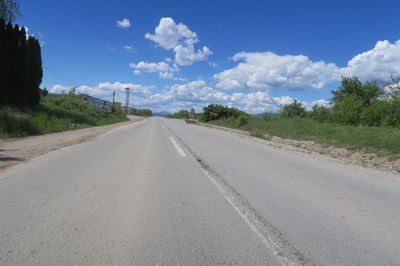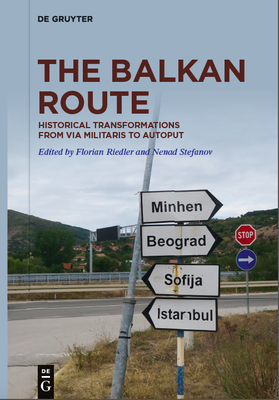Orta Kol
|
Via Militaris Orta Kol, Orient Express, Autoput: Transformations of a Route
Via Militaris, Orta Kol, Orient Express, Istanbul Express and Autoput: these are different names for the famous route of traffic and communication connecting the Near East with Central Europe that, through the ages, was followed by soldiers, merchants, diplomats, migrant workers and refugees. By looking at this route from various perspectives and in the longue duree the project aims at bringing into dialogue researchers from different disciplinary backgrounds who will address historical and social dimensions of governance, everyday experience and mobility.
Imperial Governance and Infrastructure: From antiquity to the modern period the route integrated various empires militarily as well as economically. These empires created, managed and relied upon infrastructures such as the famous Roman roads or the network of caravanserais and other resting points (menzil) built by the Ottoman Empire. Alongside these examples of infrastructure, institutions for their upkeep such as the Ottoman watchmen at mountain passes (Derbendžije/derbendcilik) developed. Likewise, many professional groups such as transport specialists e.g. Kiridžije/kiracılık in Ottoman times relied on the route. Papers in this section will explore the connection between governance, infrastructure and the various relating social institutions and organisations.
Part of the Via Militaris, Stambul Road, Autoput, E-85 between Pirot and Modernisation in Southeast Europe: In the nineteenth century the route in focus was an important site of modernisation. One important aspect of this was the building of the railway line that came to be known by the iconic name of the Orient Express. Conflicting discourses in the Ottoman, as well as the national publics of the emerging Balkan states, were connected to issues of financing, building and using the railway in Southeast Europe. The focus of this section will be the effects of modern transport infrastructures on the everyday life of local society. Starting from the import of workers and the implementation of new labour relations this also includes the topic of modernisation of urban space in cities along the route as we see it e.g. in the creation of railway quarters.
View in southeastern direction
Mobility and Borders: Directly related to new infrastructures are questions of mobility and its restriction by borders that began to appear in the region in the nineteenth century and were surrounded by institutions such as passport regimes and border checkpoints. Questions of mobility and borders remain pertinent in the late twentieth and early twenty-first centuries despite the recent process of European integration. An example of this are the labour migrants from Turkey who use, from the 1960s onwards, the route in focus on their way to and from Austria and Germany. The train connecting Turkey to Germany is called Istanbul Express; the Autoput, as the motorway in Yugoslavia is called, is referring to these workers’ special experience of travelling by car between their old and new homes especially in the 1970s and 80s. Most recently, this route was again in the headlines as the “Balkan route” used by refugees from the Middle East whose fate mobilised solidarity as well as fear among the people living along this route. A first workshop on this topic was organized in November 2016 (program). A second workshop followed in January 2018. (program) |
|
Florian Riedler and Nenad Stefanov (eds.), The Balkan Route, Historical Transformations from Via Militaris to Autoput (Berlin: De Gruyter, 2020) |
|




